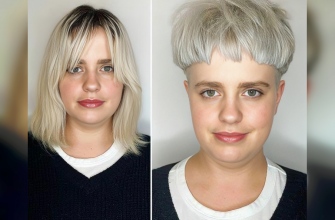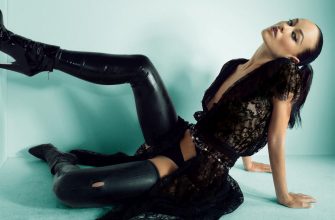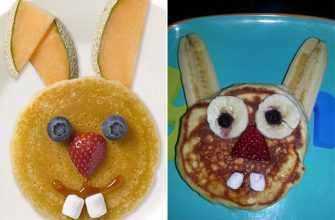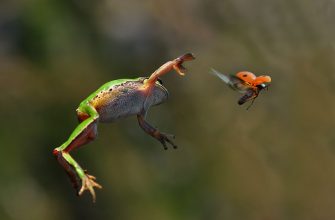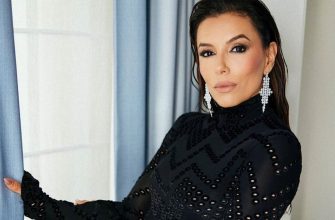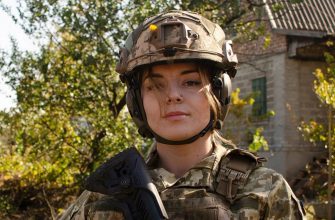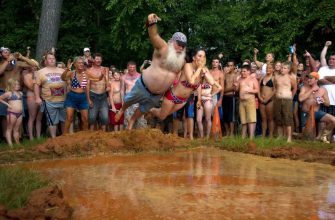Photo 1

Starting from the Edo period in Japan, there were approximately 80,000 geishas. They performed at banquets and parties, entertaining the Japanese elite.
Photo 2

Today, there are only about a thousand of them remaining. They predominantly live and work in Kyoto and Tokyo.
Photo 3
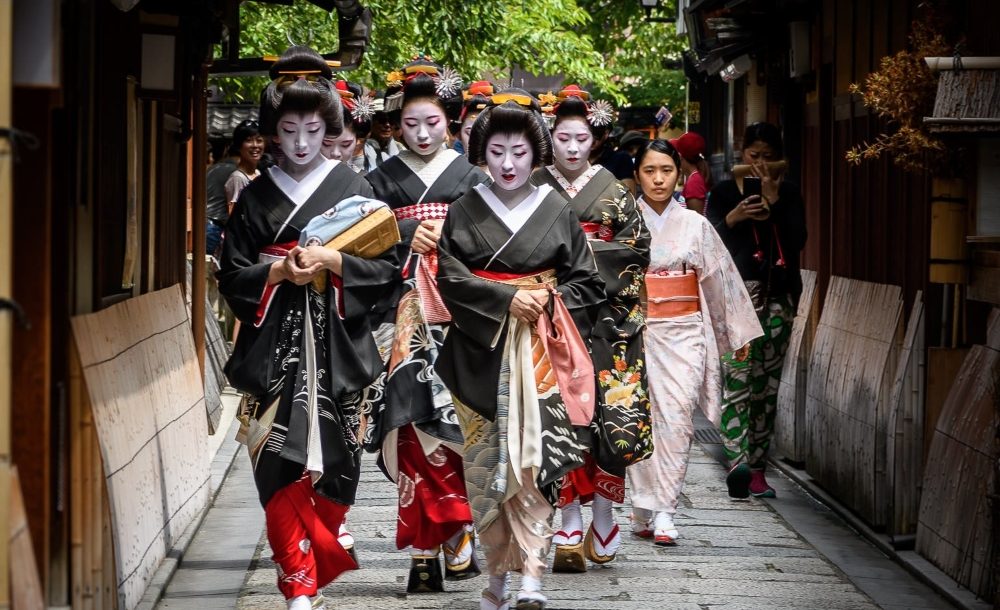
In Kyoto, there is an entire district known as Gion where geishas have been living for over two centuries.
Photo 4

A geisha is a performing artist. She must have an impeccable appearance, be skilled in dancing, singing, playing traditional instruments, and engaging in conversation. Additionally, she undergoes professional training in conducting tea ceremonies and creating floral arrangements.
Photo 5

To become a true geisha, one must go through several levels of training.
Photo 6

In the past, poor Japanese people sold their daughters to geisha houses. In the modern world they don’t do this anymore and girls go to study voluntarily.
Photo 7

Training begins at the age of 14-15 in specialized schools. The young girls are called “shikomi,” and this stage typically lasts for less than a year. They learn discipline, do household chores, practice walking, standing, speaking, and wearing kimonos correctly.
Photo 8

The next stage is called “minarai.” They continue to do the same tasks as before but now also attend banquets alongside maiko and geiko. By observing them, the girls learn new skills.
Photo 9

Afterward, the girls advance to the rank of “maiko.” Training lasts from two to six years during this period, where they thoroughly study traditional Japanese arts.
Photo 10
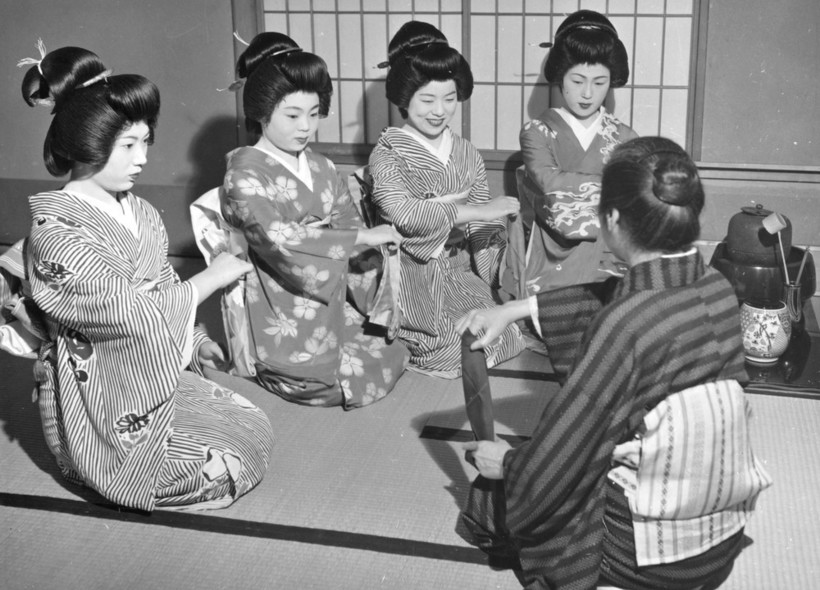
This is how lessons at the geisha school used to take place in the past.
Photo 11

And this is how it is done now.
Photo 12

A geisha plays the shamisen, a musical instrument that she is required to be skilled at playing.
Photo 13
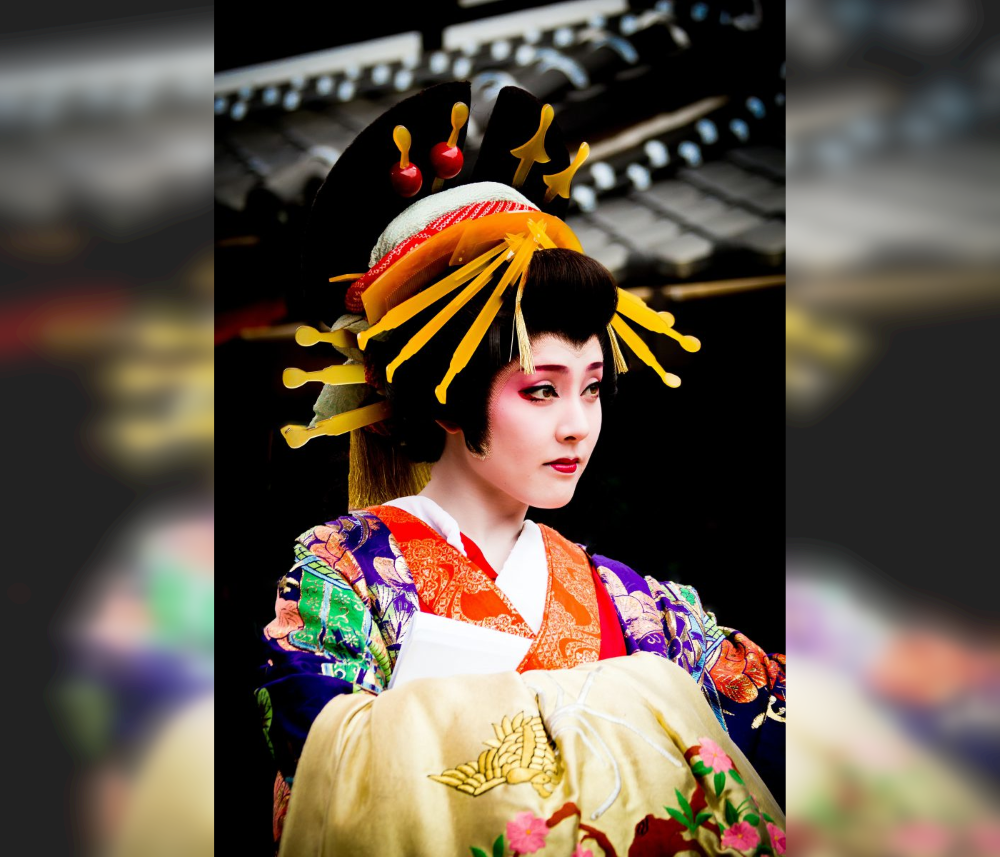
Geisha apply red color to both the upper and lower lips, whereas maiko only apply color to the lower lip. In both cases, the lower lip is drawn with a curved stripe to resemble a flower bud.
Photo 14

Geishas take meticulous care of their hair, and creating their famous hairstyles can take many hours. Maiko must style their own hair, while geishas are allowed to wear wigs.
Photo 15

Young girls at a tea ceremony.
Photo 16

When a geisha completes her training and can work independently, she is referred to as “geiko.”
Photo 17

There is a myth that geishas are women of low social responsibility, stemming from the fact that during World War II, women working in brothels falsely claimed to be geishas to attract foreign soldiers.
Photo 18

This is what the lower tier of the brothel system in Japan used to look like. In these establishments, girls would sit in cages on display for all to see.
Photo 19
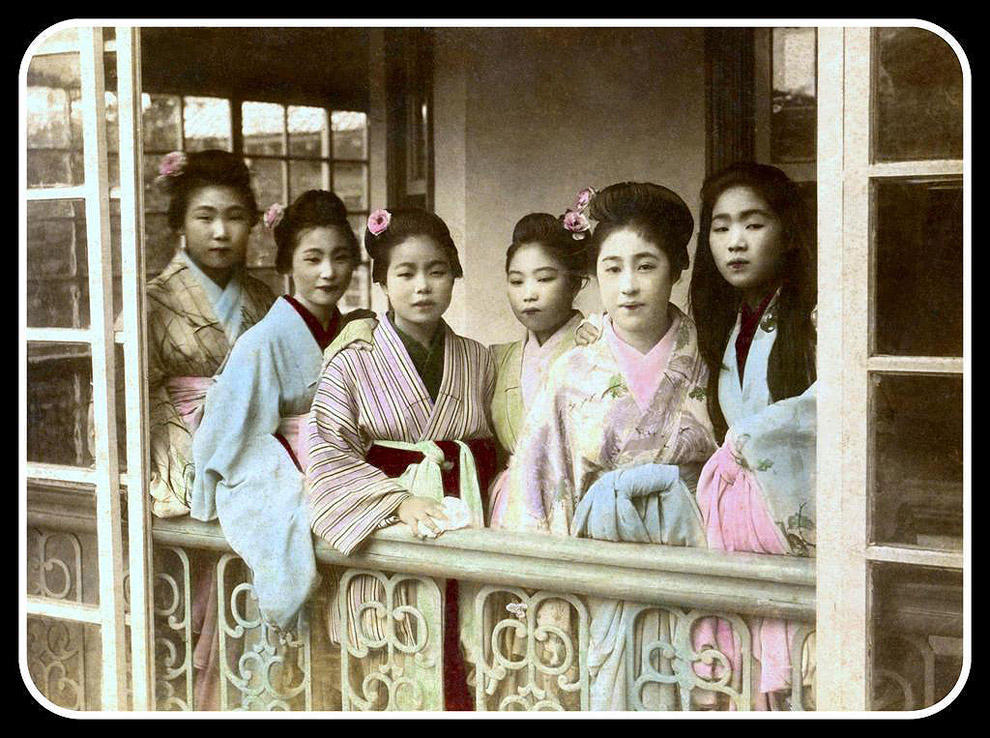
Courtesans waiting for clients.
Photo 20
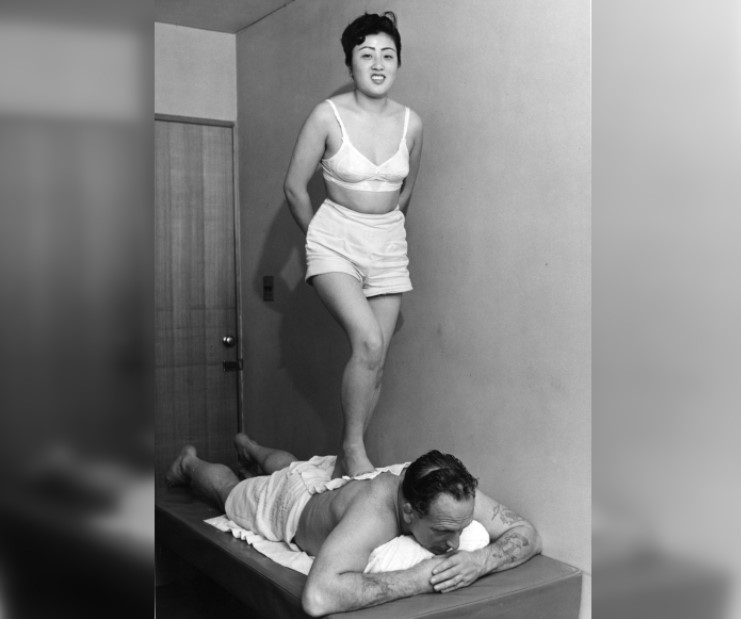
Massage for foreign guests. Many foreigners mistakenly believed that this was the work of geishas.
Photo 21

Geishas can fall in love and have regular patrons. However, if a girl wishes to get married and start a family, she then retires from her profession.
Photo 22

In other aspects, they can work well into their old age, as long as they remain unmarried.
Photo 23

Today, geishas can earn enough to be independent and maintain their freedom. They can also appear on television or radio.
Photo 24

In the past, no important event was complete without geishas. They were invited to official or semi-official receptions, where Japanese businessmen or politicians would discuss various matters.
Photo 25

To witness a geisha performance today, you would have to pay around $2,000 per person. Additionally, you must first receive an invitation from a regular guest at a tea house.

